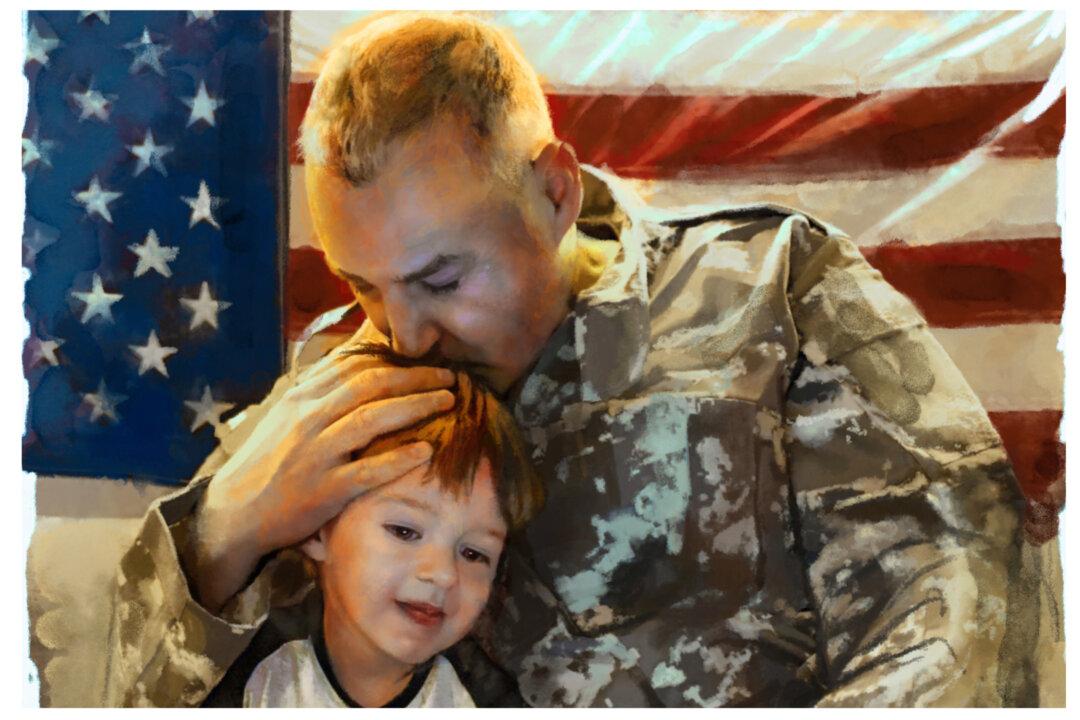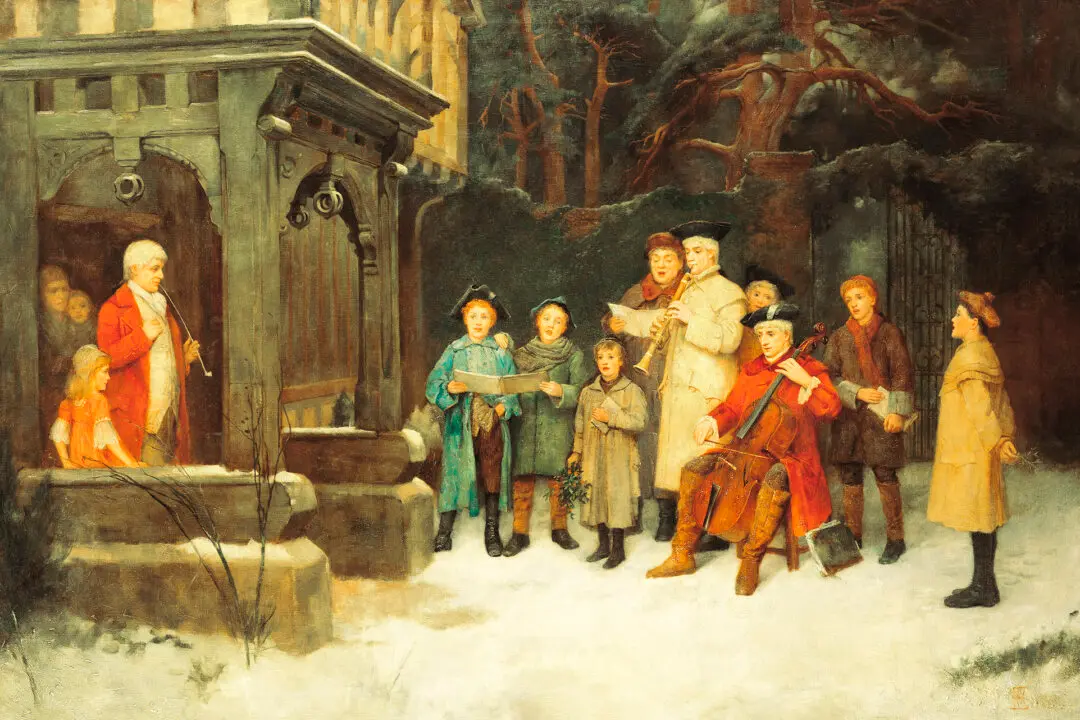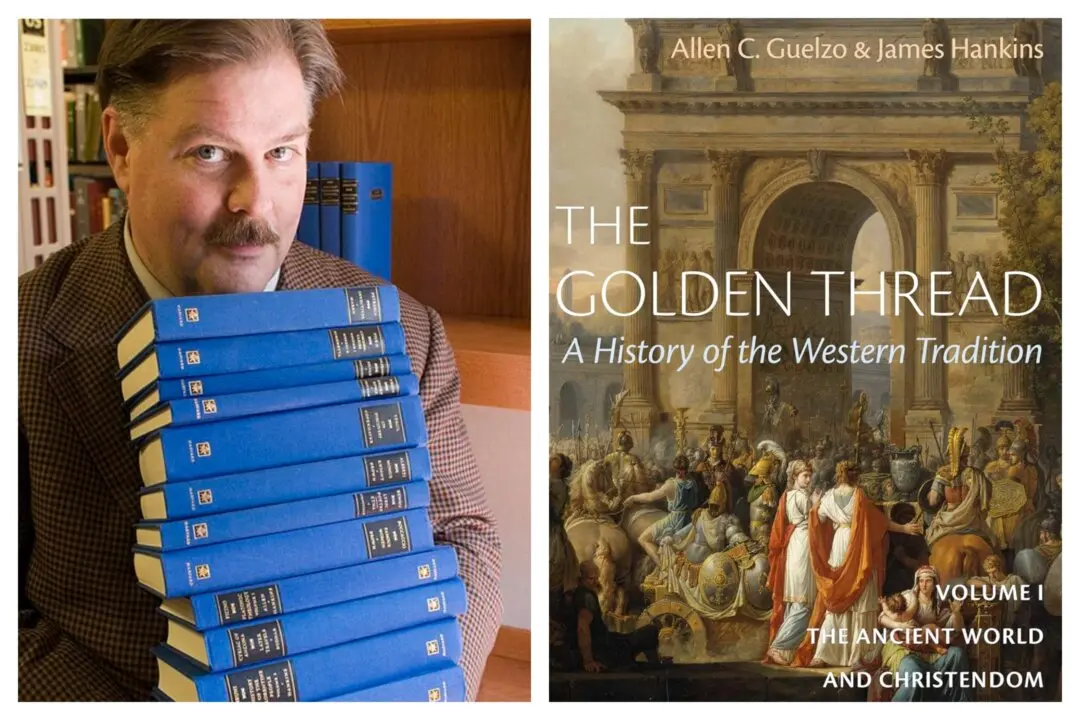During the Ketanji Brown Jackson confirmation hearings for the Supreme Court, Sen. Marsha Blackburn (R-Tenn.) asked the nominee whether she could define the word “woman.” Jackson replied in the negative, adding, “I am not a biologist.”
Given the postmodernist debates and confusion over gender and sex in our culture, we can safely guess Blackburn’s question might have left even biologists scratching their heads.






